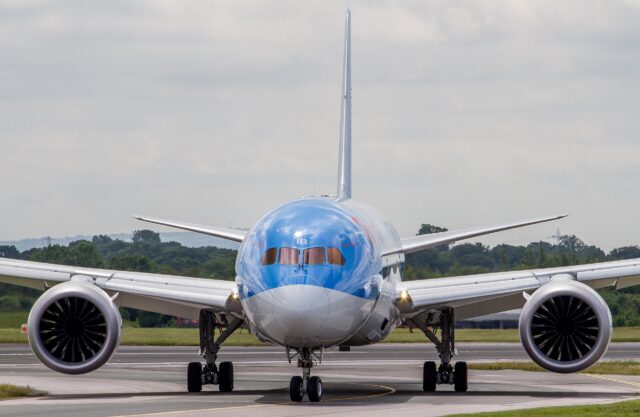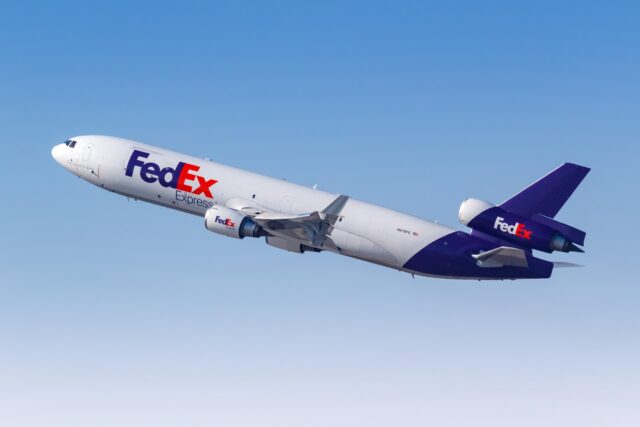Does the rise of the AIM-174B indicate that the new JATM is in trouble?
November 6, 2024

Official photographs have now been released showing the new SM-6 Air Launched Configuration (ALC, also known as the AIM-174B) being carried by the US Navy Boeing F/A-18E/F Super Hornet. The AIM-174B, which the US Navy has confirmed is ‘Operationally Deployed’ is the longest range air-to-air missile ever fielded by the US Navy.
The AIM-174B is a very long range air-to-air adaptation of the US Navy’s Standard Missile 6 (which is also known as the SM-6 or RIM-174 Standard Extended Range Active Missile ERAM).
The SM-6 ERAM is the latest in a long line of medium-range surface-to-air missile variants known as the RIM-66 Standard in land based form, and as the SM-1 and SM-2 for naval use. The RIM-66 formed the basis of the air-launched AGM-78 Standard ARM (anti-radiation missile). The SM-6 ERAM was derived from the RIM-156A SM-2ER Block IV airframe and introduced an active radar seeker taken from the AIM-120 AMRAAM air-to-air missile.
In its ship-launched form the SM-6 has a range of 200 nautical miles and is capable of reaching Mach 3.5.

Integration of the SM-6 Air Launched Configuration on the Super Hornet has been undertaken as part of a secretive US Navy programme. The weapon’s existence was only officially acknowledged in July 2024, when it was operationally deployed.
The AIM-174B is not the first attempt to develop an air-to-air missile derivative of Standard. The XAIM-97 Seekbat was a long-range air-to-air missile based on the AGM-78 Standard ARM, with a larger propulsion unit and semi-active radar homing and terminal infrared guidance. It was intended to be used by the F-15 Eagle and F-4 Phantom to counter the Mikoyan-Gurevich MiG-25 ‘Foxbat’ – hence the ‘Seekbat’ name, referring to the MiG-25’s NATO reporting name. Test firings began in late 1972, but the Seekbat programme was cancelled in 1976.
The latest SM-6 Air Launched Configuration dates back to about 2018, when testing appears to have begun, with the missile being sighted under the wing of a VX-31 Super Hornet.
VX-31 is understood to have completed Operational Test and Evaluation (OT&E), using production representative weapons, clearly finding that the missile has been judged operationally effective and suitable, supporting a Full-Rate Production (FRP) decision.
The US Navy appears to have achieved Initial Operating Capability (IOC) with the AIM-174B and the missile has been seen being carried by the Super Hornet squadrons (VFA-2 ‘Bounty Hunters’, VFA-113 ‘Stingers’ and VFA-192 ‘Golden Dragons’) of CVW-2 (Carrier Air Wing 2) on board the USS Carl Vinson (CVN-70). The weapon was carried during Exercise Rim of the Pacific (RIMPAC) 2024 held in and around the Hawaiian Islands, 27 June and 1 August.
More recently, in September 2024, images were released showing a VX-9 Super Hornet carrying four AIM-174Bs together with three AIM-120s, two AOM-9X Sidewinders and an AN/ASG-34A IRST integrated on the centreline fuel tank, providing passive target detection and tracking capabilities in electronic warfare or radar-denied environments. This might suggest that the IOC configuration was with two missiles, and that four will be an option under FOC (Full Operational Capability). The Super Hornet was the all-black VX-9 CO’s aircraft, known as ‘Vandy One’.

The AIM-174B carrying Super Hornets will be integrated with the E-2D AEW aircraft, the F-35C and the AEGIS Ballistic Missile Defense System within the Naval Integrated Fire Control-Counter Air (NIFC-CA) architecture. This will effectively extend the engagement range of US Navy defences against enemy aircraft and missiles.
The AIM-174B will finally give the US Navy an ultra long range beyond-visual-range air-to-air missile (BVRAAM), filling a ‘gap’ that has existed since the 2004 retirement of the F-14 Tomcat/AIM-54 Phoenix combination. Development of AIM-174 has been separate to the Air Force and Navy procurement of the Lockheed Martin AIM-260 JATM (Joint Advanced Tactical Missile). Both are being procured under so-called Special Access Programmes (SAPs), and some have speculated that deployment of the AIM-174B has been expedited to cover a threatened capability gap that some suspect may have been caused by delays to the AIM-260.
















